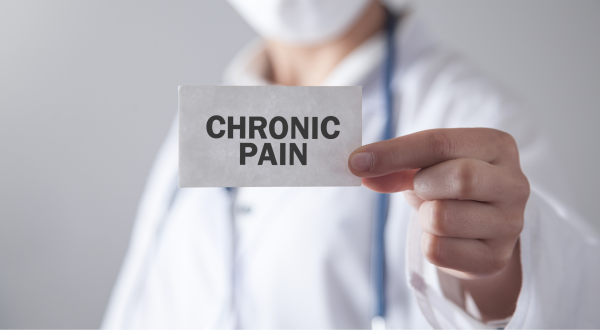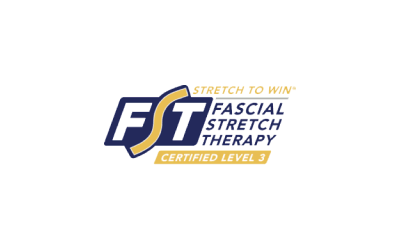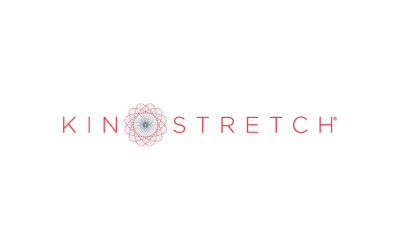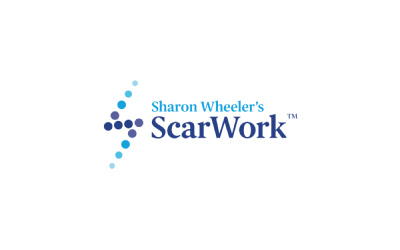Join the conversation.
Welcome to Part 3 of 3 of Pain Matters, where Dr Nick Penney provides some clarity on the terminology used in relation to pain.

What is Chronic Pain?
In previous issues we looked at the protective nature of acute and sub-acute pain. Chronic pain is different because it serves no protective function and is not related to tissue health. The treatment and advice are therefore different than the treatment of acute or sub-acute pain.
The short animation from The Neuro-Orthopedic Institute explains this well:
Basically, the central nervous system still believes we need protecting long after the tissue injury or post-surgical period (typically 3 months or so) has passed. It’s not a case of a good system gone bad, but rather a good system that has got better at its job, too good in fact!
The 2 categories of Chronic Pain
Chronic Primary Pain
Pain that has persisted or recurred longer than 3-6 months without any obvious injury or surgery that started it.
It includes chronic widespread (bodily) pain, chronic fatigue syndrome, primary headaches or jaw pain, non-specific gastric pain, and irritable bowel syndrome.
Chronic Secondary Pain
Results from illness and injury and may be cancer-related, post-surgical (around 33% of people having any type of surgery continue to have pain long after the tissue has healed), or post-traumatic pain (physical and emotional).
More than half of all chronic pain cases start as low back pain, Nick’s specialty.
Recovery from chronic pain is possible and comes from a good understanding of what is actually going on, making a plan, treating the mechanics as necessary, and knowing how to retrain the nervous system that we no longer need protecting.
If you are suffering from acute or sub-acute pain a standard osteopathic consultation with Nick should be sufficient.
Chronic pain or complex medical problems will require an extended pain management consultation with Nick, all bookable online at Restoreprehab.co.nz. where Nick is available on Fridays.

Who Is Dr Nick Penney
I originally graduated as an osteopath from The British School of Osteopathy (now University College of Osteopathy) in 1980. Completing an internationally recognised course in sports medicine in 1981, I was appointed Honorary Osteopath to both the England Men’s Volleyball Team and Otley RUFC in conjunction to practising with my lifelong friend and mentor, Professor Kim Burton.
Emigrating to New Zealand in 1989, I opened a practice in Howick, Auckland and was elected as the president of the New Zealand Register of Osteopaths in 1991. At the time we were working to achieve statutory recognition and regulation of osteopathy as well as setting up the country’s first full time osteopathic degree at UNITEC. My role also included working on the first New Zealand evidence-based clinical practice guidelines for the management of low back pain with ACC and the National Health Committee. These guidelines were the first to recognise how the stress of our everyday lives, and past experience, can influence recovery from low back pain. This led to my decision to enhance and expand the knowledge and experience gained from my first 20 years in practice, whilst in Australia gaining my PhD in Musculoskeletal Medicine at the Centre for National Research on Disability and Rehabilitation Medicine, Faculty of Medicine, University of Queensland, Australia.
My research was based around the multitude of factors (biomedical, psychological and social) that intertwine to create and maintain pain, particularly low back pain. During this time, I was also appointed onto the Australian expert panel on low back pain, and the steering committee of the Australian Acute Musculoskeletal Pain Guidelines Group, where we developed and published extensive evidence based clinical practice guidelines for the management of acute musculoskeletal pain.
On our return to New Zealand, my wife and I set up Integrative Pain Care, combining our knowledge and experience, integrating them into a biopsychosocial understanding of pain.
Pain is best viewed from this complete (holistic) understanding, but it remains poorly understood by most clinicians, who continue to treat pain from a single biomedical or biomechanical perspective. I combine osteopathic treatment with pain education, paced exercise, sleep hygiene, relaxation training and the ‘third wave’ of psychological therapies of Mindfulness and Acceptance Commitment Therapy into my clinical care.
There is no ‘one size fits all’ approach to musculoskeletal pain, I tailor my approach to the individual needs of each patient. The evidence shows that this approach is clearly effective in both acute pain (less than 3 months) and chronic pain (more than 3 months).
-
Osteopathic care for acute pain – in the past 12 months the number of consults I required to help patients on ACC was 50% less than the average for the osteopathic profession.
-
Pain management for chronic pain – my approach produced the best objective patient outcomes of all ACC pain contract holders with many of my patients being independently assessed as no longer suffering with chronic pain. Whilst I no longer hold an ACC contract, pain management can also attract the ACC osteopathic subsidy.




